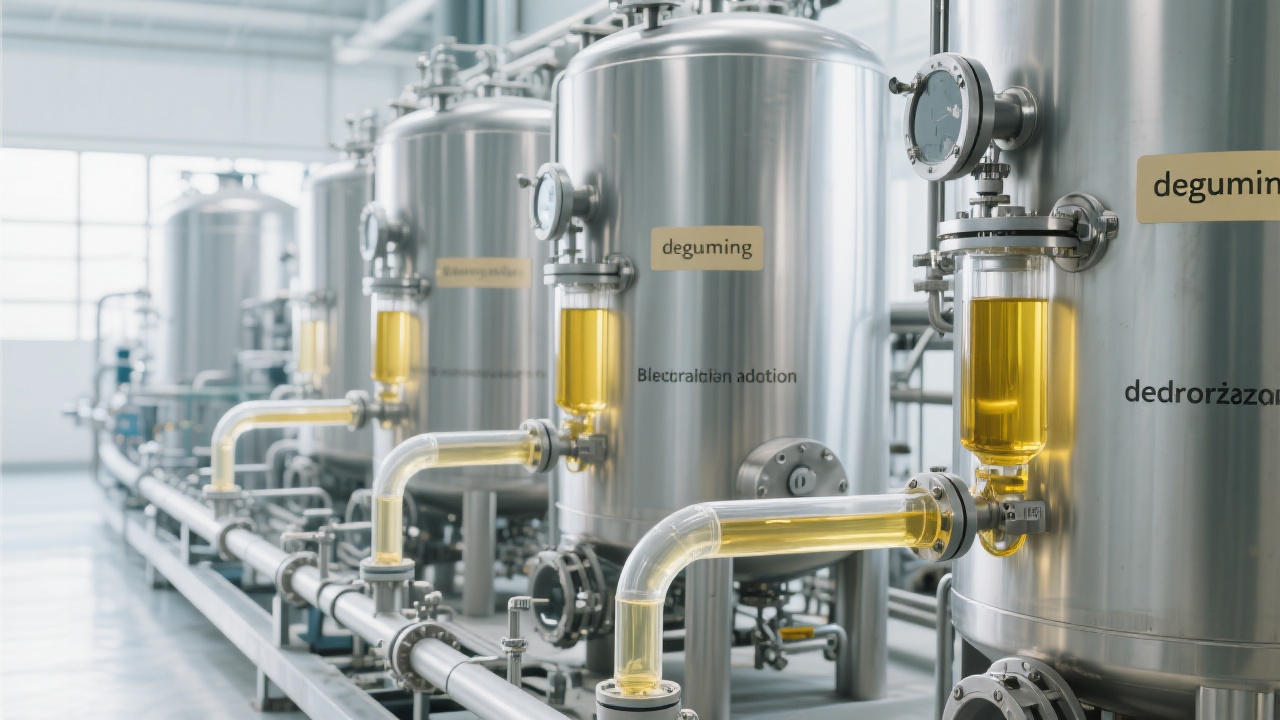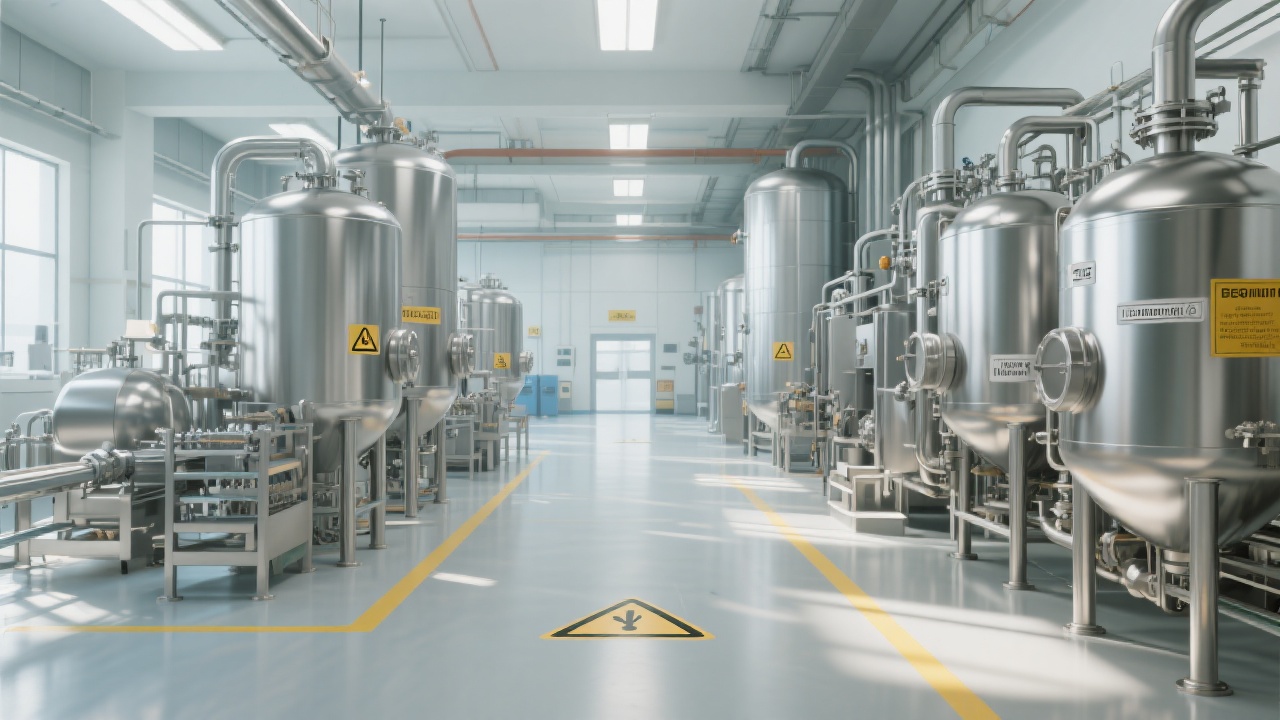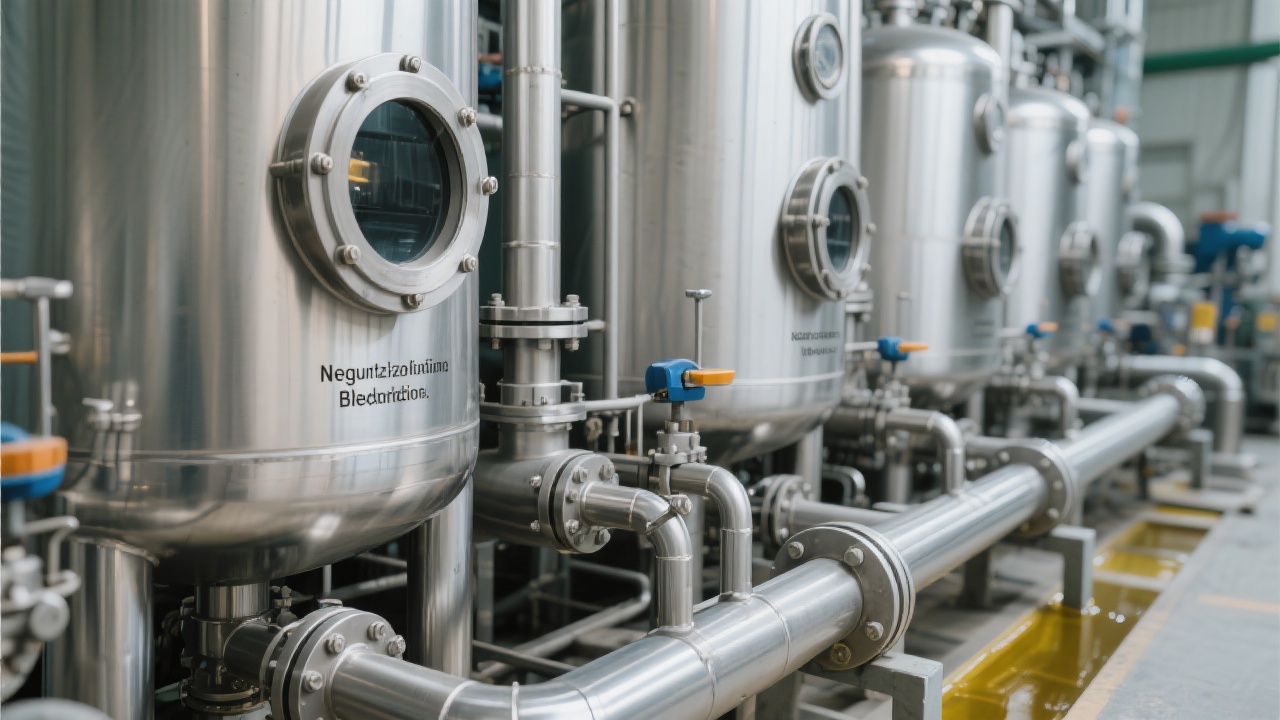
Rice bran oil has gained increasing popularity in the international market due to its health - promoting properties. For foreign - trade export enterprises, building a high - quality rice bran oil product line is crucial for enhancing international competitiveness. This article will delve into the core technologies and equipment configuration in the rice bran oil refining process.
The rice bran oil refining process mainly consists of four key steps: degumming, deacidification, decolorization, and deodorization. Each step has its unique technical principles and equipment selection points.

There are two main methods for degumming: physical and chemical. Physical degumming is mainly used to remove phospholipids and other impurities through hydration. Chemical degumming, on the other hand, may involve the use of acid to react with impurities. The choice between the two depends on the initial quality of the rice bran oil. For example, if the oil has a high phospholipid content, chemical degumming may be more appropriate. The efficiency of physical degumming can reach about 80 - 90% in removing phospholipids, while chemical degumming can achieve a higher removal rate, up to 95%.
The alkali - neutralization method is a common approach for deacidification. It is suitable when the free fatty acid content in the rice bran oil is relatively high. By adding an appropriate amount of alkali solution, the free fatty acids are neutralized to form soapstock, which can be separated from the oil. The reaction conditions, such as the concentration of the alkali solution and the reaction temperature, need to be carefully controlled. Generally, the reaction temperature is around 60 - 70°C, and the concentration of the alkali solution is about 10 - 20%.
The type of adsorbent has a significant impact on the decolorization effect. Commonly used adsorbents include activated clay and activated carbon. Activated clay has a strong adsorption capacity for pigments and some impurities. The amount of adsorbent added and the adsorption time are important factors. Usually, the addition amount of activated clay is about 2 - 5% of the oil mass, and the adsorption time is around 20 - 30 minutes.
The high - temperature and high - vacuum deodorization process is widely used. The process parameters, such as temperature and vacuum degree, need to be precisely controlled. The deodorization temperature is generally in the range of 220 - 260°C, and the vacuum degree is about 2 - 5 mmHg. These parameters can effectively remove odorous substances and improve the stability of the oil.
Different equipment combinations have different impacts on the quality of refined rice bran oil. For example, in a typical industry case, a combination of high - efficiency degumming equipment and advanced deodorization equipment can significantly improve the purity and stability of the oil. The use of multi - stage filtration equipment can further remove fine impurities, improving the clarity of the oil. According to statistics, the use of appropriate equipment combinations can increase the purity of rice bran oil by about 5 - 10%.

To enhance the stability and compliance of the production line, some process optimization measures can be taken. For example, multi - stage filtration can improve the filtration efficiency and remove more impurities. Improving the solvent recovery efficiency can reduce production costs and environmental pollution. The solvent recovery efficiency can be increased from about 80% to over 90% through optimization.
It is essential to ensure that the equipment configuration matches the quality standards, such as GB 1535 and ISO 22000. This can help enterprises obtain export certifications and expand their market share. By using equipment that meets international standards, enterprises can ensure that their rice bran oil products meet global food safety standards, allowing every drop of rice bran oil to meet international quality standards and win global trust for export products.

In conclusion, understanding the core technologies and equipment configuration in the rice bran oil refining process is of great significance for foreign - trade export enterprises. By optimizing the process and selecting appropriate equipment, enterprises can build high - quality rice bran oil product lines and enhance their international competitiveness. Discover how our advanced rice bran oil refining equipment can transform your production line and boost your exports!

